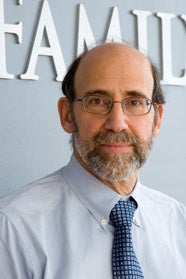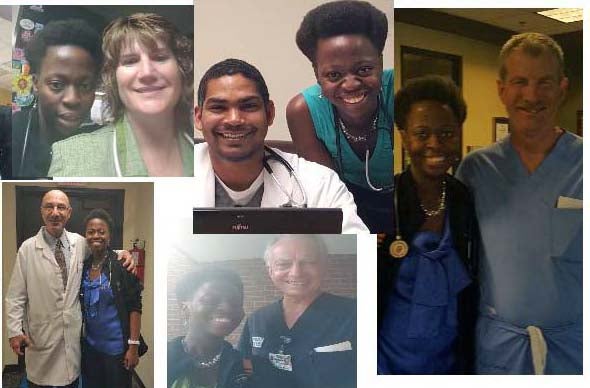CU School of Medicine students on the right track: the Rural Track
Program partners students with rural doctors for real-world experience
By Staff | CU system

One of the greatest challenges she and the new doctors faced in Gunnison was caring for patients with chronic pain.
“I used a lot of communication skills. People came in with a laundry list of ailments and we couldn’t accommodate them,” she said. Many were accustomed to relying on medication. “Doing what the patient wants isn’t always what the patient needs.”
Along with learning the value of putting family first, Wolff had a huge takeaway: “When a rancher says they’re in pain, listen. They’re resilient and tough and when they do come to you for help, they really need it.”
“The scope of rural primary care is humbling: OB, ER, hospital clinic, and more” she said.
Sargent had the benefit of working in two communities with different geography, demographics and economies, but said she found that the same biggest takeaway lesson: the importance of making patients partners in their health care. “You could tell the doctor-patient relationship was huge,” she said. “Being the patient’s advocate is a really important thing.”
In addition to seeing many and varied patient problems, the students said the same three words again and again: “I got to . . .”
“I got to do a colonoscopy.”
“I got to do an excision biopsy.”
“I got to do more than 15 sutures.”
That students in the program put those three words before procedures most folks wouldn’t want to observe let alone assist with speaks volumes to their “can do” spirit and their future in becoming rural doctors in Colorado.
There are only about 30 medical schools in the U.S. (out of 160-plus) that have a Rural Track, and CU is a national leader, said Deutchman. Two-thirds of Colorado’s counties are rural or frontier areas, and while 16 percent of Colorado’s population lives in rural areas, only 9 percent of the state’s physicians practice there, he said.
“We attract and admit students interested in rural life and work. Each year, we have about 10 percent of each med school class in the Rural Track.”The Rural Track was established 10 years ago to increase the number of CU graduates who go into rural practice, particularly primary care, Deutchman said. There have been 111 Rural Track graduates between 2005 and 2015. Of those graduates in practice, 60 percent are practicing in Colorado, 50 percent are practicing in rural communities and 30 percent are practicing in rural Colorado.

At the outset of her presentation to peers and other observers, Kisang admitted to being burned out in med school, wondering why she was there. “I felt I just needed a grade.”
She now knows.
Kisang saw patients in the clinic and hospital all day, noting the community needed greater support in combating obesity and mental illness.
“Of every patient I saw, 98 percent had insomnia, depression or anxiety. And I saw a lot of patients,” she said. Better access to mental health and education on healthy habits, along with walking and bike trails, would benefit the community, she said.
Kisang said she surprised herself by being able to retrieve the knowledge she’d learned in her first year classes. “I remembered a lot of things; I just couldn’t remember how I remembered.”
Of all her experiences, however, one incident stands out: “The Curious Case of Mr. C,” in which she reports in all caps that she got to “SAVE A LIFE.”
“He was at the hospital five weeks and I got to care for him every day.”
The presenters shared their observations about the greatest needs in their communities. Chris Moreau, left, who conducted his preceptorship in Sterling, said staffing was a problem. “The nurses and P.A.s seemed overworked,” he said.
Among his many lessons, Moreau got to take part in an excision biopsy, hip and knee replacements and a colonoscopy. “It feels really good when the patient walks out of the office all happy and healed and stuff,” he said.
Students enrolled in the Rural Track pay no extra tuition. The Rural Track has been funded partly by grants from the Colorado Trust and The Colorado Health Foundation with additional support from the School of Medicine. To make the Rural Track permanent, an effort is underway to create an endowment.
Deutchman said that all the CU Anschutz health professions programs are greatly indebted to the hundreds of health practitioners across the state who give immeasurable time to provide CU students with this important experiential learning.




